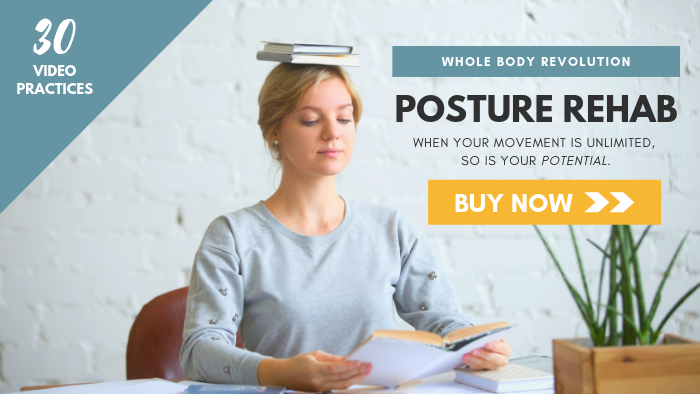Get out your hiking boots! Summer is here.
And with it come warm weather, long days, and of course hiking. For those of us here in the Pacific Northwest, summer hiking is our reward for enduring months of winter rain and drizzle.
What’s not to love about an activity that basically just requires your feet? Of course, those feet have to wear shoes, unless you’ve got soles of iron.
And that’s where the confusion begins. Because, with the plethora of gear available in outdoor stores and umpteen blogs recommending nearly polar opposite types of footwear, just how exactly do you choose a good hiking boot?
And should you be wearing hiking boots or shoes?
Not to fear! Selecting a hiking boot or shoe doesn’t have to be complicated, confusing, or really even expensive.
Here are three crucial things to consider when choosing your hiking boots to keep your feet (and knees!) feeling happy all summer:
1. A Good Hiking Boot Should Be Lightweight
A heavy boot or shoe may not be a problem for a few miles here and there, but if you’re really going to go out and hike regularly, you don’t want big lugs on your feet.
Over time, extra weight from your shoes really adds up, even if it’s only a pound or two. Multiply that small weight times the number of steps you’re taking and you’ll realize that one pound of extra weight per foot results in a total of 40,000 lbs lifted over 20,000 steps, or roughly ten miles.
That’s a lot of extra drag on your knees and hips that you’d be better off avoiding. Opt for the lightest shoe or boot you can find while still meeting other necessary criteria.
2. Hiking Shoes Need to Be Flexible
This is usually the shocker of the bunch. Most people have had it drilled into their heads to look for rigid shoes that offer “support.”
What those rigid shoes actually do is immobilize your ankle and toes. You have 26 tiny bones and 33 joints in each foot that are designed to move and flex. All the small joints absorb impact from your step.
When you wear rigid footwear, this function is inhibited, which translates more abrasive shock upward into your knees, hips and lower back.
Pick up potential hiking boots or shoes and roll or bend them before you even put them on your feet. If you can’t flex the sole, don’t even try it on.
3. Look for Cushion, Not Support in Your Hiking Boot
Not to be confused with support, cushion protects your feet from the impact of abrasive surfaces like concrete and rock.
This is particularly important for people over forty as the fat pads on the bottoms of your feet do diminish with age, leaving your bones more vulnerable to bruising from impact.
Look for a shoe that insulates your foot from sharp, hard surfaces while still allowing your joints to move and flex. You can add insoles to your hiking boots or shoes to further protect your soles, but be careful to avoid those that add rigid arch support or otherwise immobilize foot movement.
The Bottom Line
The exact hiking boot or shoe that you select will vary depending on your individual foot shape and current level of function.
If you suffer from bunions, plantar fasciitis or even just run of the mill foot pain, you may need to make corrective adjustments to even the best-fitting hiking boots. But as your feet become stronger and healthier, you should be able to move away from these toward a shoe that allows for natural foot movement.
And if just going for a light hike causes you to break out in aches and pains all over, changing your footwear might not be enough.
It might be time for a comprehensive, whole-body overhaul to eliminate muscle pain and tension. You can find everything you need in my Posture Rehab course >>
